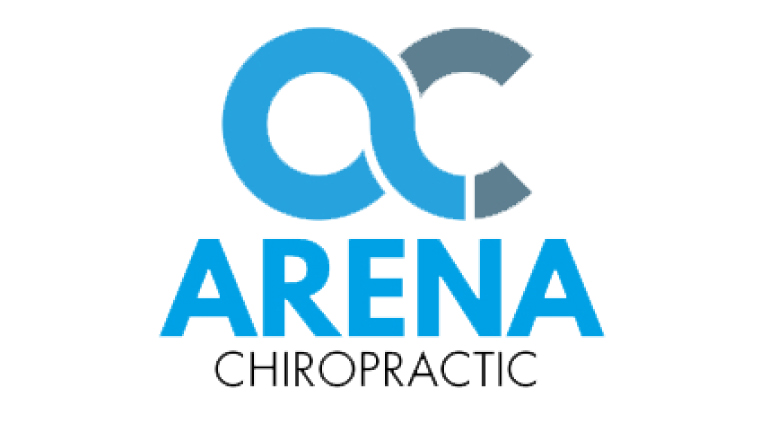Spring is near. In New York City, yellow, white, and purple crocuses have raised their cup-shaped flowers above the ground for all to see. In California, western buttercups, ground pink, and bush lupine have begun to bloom. Humans, too, are awakening to the glory of a new Spring.
For most species, Winter is a time of rest and recovery. A time of renewal. When the clock strikes Spring, oak trees, azaleas, prairie dogs, red-tailed hawks, salmon, and butterflies are ready to go. But people are often out-of-touch with the rhythms of their home planet. We struggle against the elements, dreading Winter and battling cold, sleet, and snow for three or four long months.
When Spring finally comes we’re often too stressed out from our Winter blues to enjoy what’s unfolding right in front of us. We didn’t use our Winter time to build new reserves of strength. But Spring signals a new year, full of new possibilities. We have a new opportunity to grow and develop, just like every other species with whom we share our beautiful planet.
We can allow ourselves to be inspired by the subtle news of a new Spring. The sun is higher in the sky and the days are longer. The air is fresher, carrying the scent of revitalized soil. Fresh water sparkles, glinting and glistening in dancing sunbeams.1,2
It’s time for us to join the party. As humans, we don’t grow new branches, twigs, and leaves. We don’t grow new antlers or a new coat of fur. What we can do, though, is grow new cells, particularly muscle cells. And we can make the cells we already have much healthier and much stronger.
Being active provides the access to this process of renewal and rebirth. For many of us, this will be a brand-new way of being. Three-quarters of American adults do not get enough physical activity to meet public health recommendations. This data directly correlates with the associated facts that two-thirds of American adults are overweight or obese.3
We want to be healthy, fit, and well. This new Spring is the time to begin taking small steps toward reinventing ourselves as people who really are well, who really are physically fit, and who really manifest abundant, vibrant health. Consult your chiropractor for professional advice and guidance in designing your new fitness-and-exercise programs. We will provide expert assistance and support you in your wellness journey. In modern society, lack of good health is the norm. It takes time and effort to ensure we restore ourselves to the abundance of good health that is our birthright.
1Colston KW: Vitamin D and breast cancer risk. Best Pract Res Clin Endocrinol Metab 22(4):587-599, 2008
2Bener A, et al: High prevalence of vitamin D deficiency in type 1 diabetes mellitus and healthy children. Acta Diabetol 2008 Oct 10
3Spiotta RT, Luma GB: Evaluating obesity and cardiovascular risk factors in children and adolescents. Am Fam Physician 78(9):1052-1058, 2008




